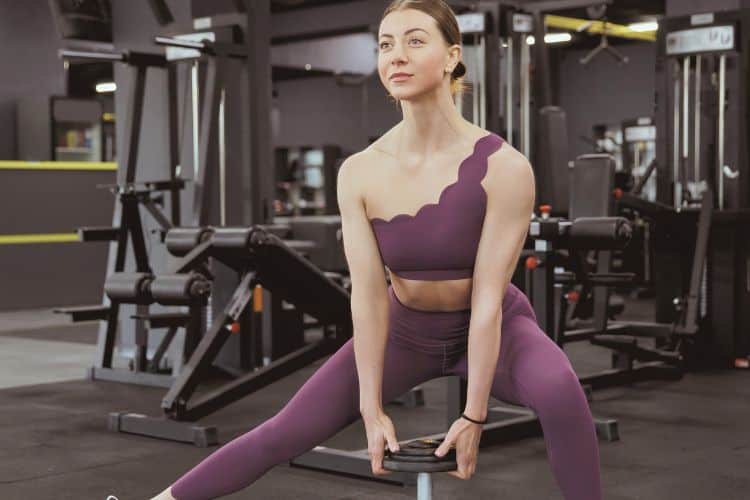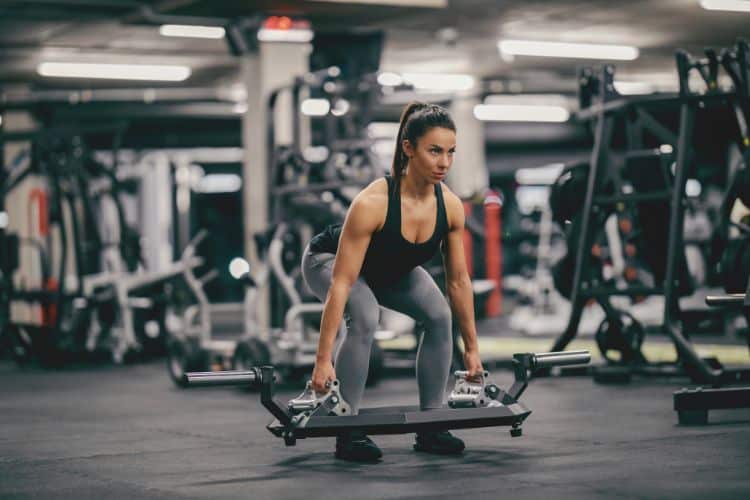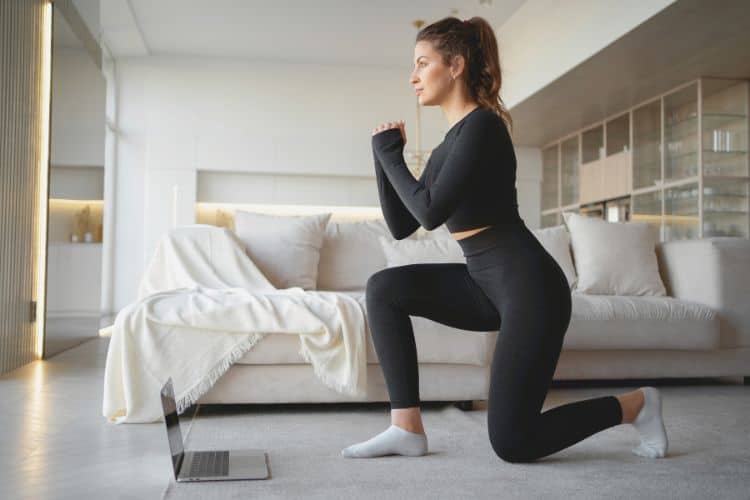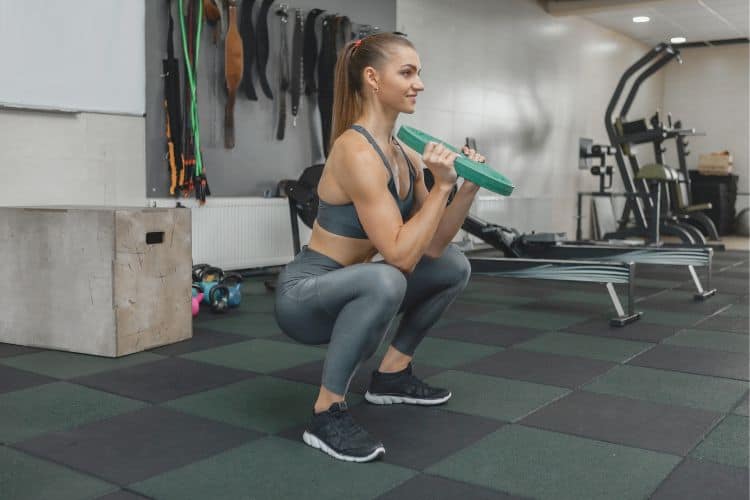Sign up for workout ideas, training advice, reviews of the latest gear and more.






The dumbbell lateral raise is one of the best exercises for building shoulder strength, shape, and overall aesthetics. Known for isolating the lateral deltoids, lateral raises are a staple in bodybuilding and strength-training routines. This exercise not only contributes to broader shoulders but also enhances stability and endurance in the upper body, helping with other exercises and daily activities.
In this guide, we’ll cover everything from the fundamentals of performing a proper dumbbell lateral raise to advanced variations and tips for maximizing your results. Let’s dive in.
The dumbbell lateral raise provides several key benefits that make it an essential exercise in shoulder training:
The dumbbell lateral raise is specifically effective in targeting the lateral deltoid muscle. However, it also activates the anterior and posterior deltoids to a lesser extent, along with engaging the trapezius and supraspinatus muscles for shoulder stabilization.
Proper form is crucial when performing dumbbell lateral raises, as improper technique can reduce the effectiveness of the exercise and increase the risk of shoulder injury. Here’s a step-by-step breakdown:
It’s easy to fall into common mistakes when performing lateral raises. Here are some pitfalls to watch out for:
Adding variety to your shoulder workout can keep things interesting and engage your muscles differently, promoting better results. Here are some variations of the lateral raise that target the shoulders from unique angles and increase the challenge.
Performing lateral raises in a seated position eliminates the ability to use momentum, requiring your shoulders to work harder to lift the weight. Here’s how to do it:
This variation allows you to focus on one side at a time, helping to correct muscle imbalances and develop equal strength on both sides.
In this variation, you lie on your side, which reduces momentum and places more emphasis on the lateral deltoid.
Once you’ve mastered the basics, you may want to consider some advanced techniques to further challenge your deltoids and maximize muscle growth.
For added muscle growth, increase the duration of the exercise by performing slow, controlled reps. This method, called time under tension, stimulates more muscle fibers and can lead to greater muscle hypertrophy.
Drop sets are a powerful way to add intensity to your shoulder workout. Start with a heavier weight, perform reps to failure, then immediately pick up a lighter weight and continue without resting. This method pushes the muscle to its limits, promoting muscle growth.
Adding a resistance band around your wrists while performing lateral raises can increase the difficulty of the exercise. Resistance bands add constant tension to the movement, forcing the lateral deltoids to work harder throughout the entire range of motion.
The dumbbell lateral raise is only one part of a complete shoulder workout. To achieve balanced shoulder strength and muscle development, include exercises that target each part of the shoulder:
Here’s a sample shoulder workout that incorporates dumbbell lateral raises:
This routine provides balanced shoulder development, ensuring each head of the deltoid is thoroughly trained.
Q: Can I do dumbbell lateral raises every day?
A: It’s best to give your muscles time to recover. Lateral raises can be intense on the deltoids, so performing them 2-3 times per week is sufficient.
Q: How much weight should I use?
A: Start with a light weight to master the form. A good range is between 5-10 pounds for beginners, increasing as your strength improves.
Q: Are lateral raises bad for the shoulders?
A: When done correctly with proper form, lateral raises are safe and effective. Avoid heavy weights and ensure a slight bend in the elbow to reduce strain on the joint.
The dumbbell lateral raise is an effective exercise for sculpting well-rounded shoulders and improving upper-body stability. By mastering the correct form, avoiding common mistakes, and adding variations to your routine, you can maximize the benefits of this simple yet powerful movement. Integrate lateral raises into a balanced shoulder workout, and with consistency, you’ll notice stronger, more defined shoulders over time.
Incorporating this exercise regularly and progressing through weight and intensity can lead to significant improvements in shoulder aesthetics and overall upper body strength. Whether you’re new to shoulder training or looking to enhance your routine, the dumbbell lateral raise deserves a spot in your workout plan.
Stay up to date on the latest women’s health, fitness and lifestyle trends and tips.